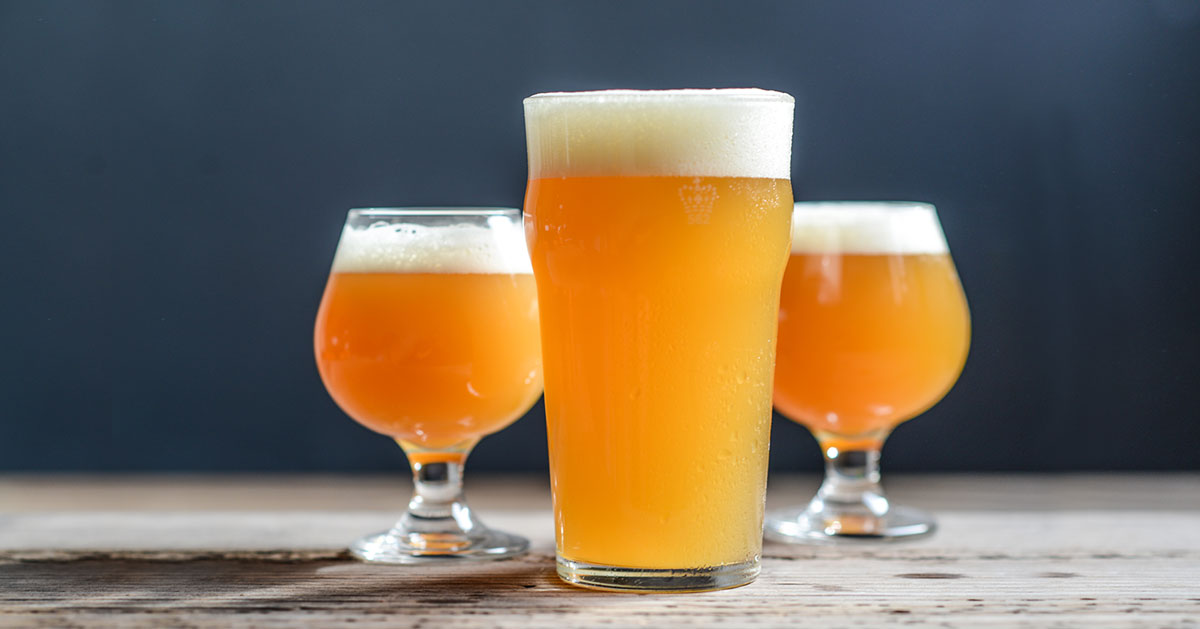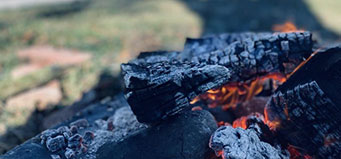How Long Do You Have To Boil Beer To Get The Alcohol Out?
Love beer but not the alcohol? There’s definitely still room in the home brewing hobby for you! In fact, there are plenty of ways to use a standard beer-making kit to brew beer with a greatly reduced alcohol content. In this blog, we’ll show you how.
How Do I Remove Alcohol from Beer?
The most common way to remove alcohol from beer is to heat the finished beer until the alcohol evaporates. Is this your only option? It isn’t! If your goal is to brew beer with either low alcohol content or no alcohol content, then you may be able to use the following techniques as well:
- Arrested Fermentation: With this method, brewers inhibit alcohol production during fermentation. This creates a brew that has reduced alcohol content the first time, rather than having to modify the beer after fermentation.
- Vacuum Distillation: With this method, brewers create a vacuum inside the container to lower the boiling point. This helps remove alcohol while having less impact on the beer’s flavor than traditional boiling.
- Reverse Osmosis Filtration: With this method, brewers filter out alcohol and water from the non-alcoholic fermentable sugars.
How Do I Remove Alcohol from Beer at Home?
It’s possible to remove beer from alcohol through boiling, arrested fermentation, vacuum distillation, or reverse osmosis. While you have several options, some will be better than others for your specific setup. Here are the pros and cons of each method:
Boiling out Alcohol
Pros: Easy to turn “normal” recipes into low alcohol variations at home. That means you still have access to a wide variety of beer brewing kits!
Cons: Exposing your finished brews to high temperatures can change the expected flavor profile.
Arrested Fermentation
Pros: Removes the alcohol during the brewing process. Once you’re done brewing, you don’t have to mess with your beer anymore!
Cons: Inhibiting alcohol during fermentation can increase the risk of contamination, so this method requires additional precautions.
Vacuum Distillation
Pros: Removes alcohol at a lower temperature than other boiling methods, which reduces the impact on the beer’s qualities.
Cons: Necessary equipment is widely available for home brewers.
Reverse Osmosis Filtration
Pros: Removes alcohol without putting beer through the chemical stress of boiling.
Cons: Requires extra equipment, which can drive up costs for home brewers.
Can You Boil the Alcohol out of Beer?
You can! In fact, boiling the alcohol out of beer is one of the easiest ways to brew non-alcoholic beer at home. Here’s how it works:
- Brew and ferment your beer.
- Before bottling, bring your fermented beer to a boil.
- Continue brewing until you’ve reached your desired alcohol content (Use your hydrometer).
This method isn’t perfect, but it is the most accessible for home brewers, as it doesn’t require any additional equipment. However, you may notice that some of your brew’s flavors start to blend together after this additional round of boiling. Don’t get discouraged after your first try—experiment with different recipes and boiling times to find a brew that works for you!
What Temp Does Alcohol Cook out of Beer?
Alcohol cooks out of beer at different temperatures depending on which boiling method you use. At what temp does alcohol boil using the standard method? Heat your beer to 173ºF to start boiling off the alcohol.
What about using the vacuum distillation method? By creating a vacuum in the container holding your beer, you can significantly reduce the required temperature to start boiling off alcohol at just 120ºF.
How Long Can I Boil the Alcohol out of Beer?
How long you should boil your beer depends on how much alcohol you want to remove from it. When brewing, it can take up to 2.5 hours to reduce the alcohol content to 5% of what is was originally.
How Long Does It Take for Alcohol To Evaporate When Cooking?
Home-brewed beer also makes for great cooking—the longer you cook a dish with beer as an ingredient, the more alcohol will cook out of it. Cooking up a delicious dish featuring home-brewed beer flavors? Keeping an alcohol evaporation temperature chart handy can help. According to Idaho State University, the numbers on an alcohol burn-off chart are as follows:
- 15 minutes of cooking removes 60% of alcohol.
- 30 minutes of cooking removes 65% of alcohol.
- 60 minutes of cooking removes 75% of alcohol.
- 120 minutes of cooking removes 90% of alcohol.
- 150 minutes of cooking removes 95% of alcohol.
To ensure that you are removing alcohol during cooking, heat your dish to alcohol’s boiling temperature of 173ºF or greater.
Great Low Alcohol Beer Starts with the Perfect Recipe. Find Yours at Great Fermentations!
When it comes to deciding how to remove alcohol from your homemade beer, you have options. You also have options for which type of beer to use for a low-alcohol batch. In fact, you have just as many options as if you were brewing a batch containing alcohol! Explore Great Fermentation’s wide variety of tasty and convenient beer ingredient kits to find your next brew.



